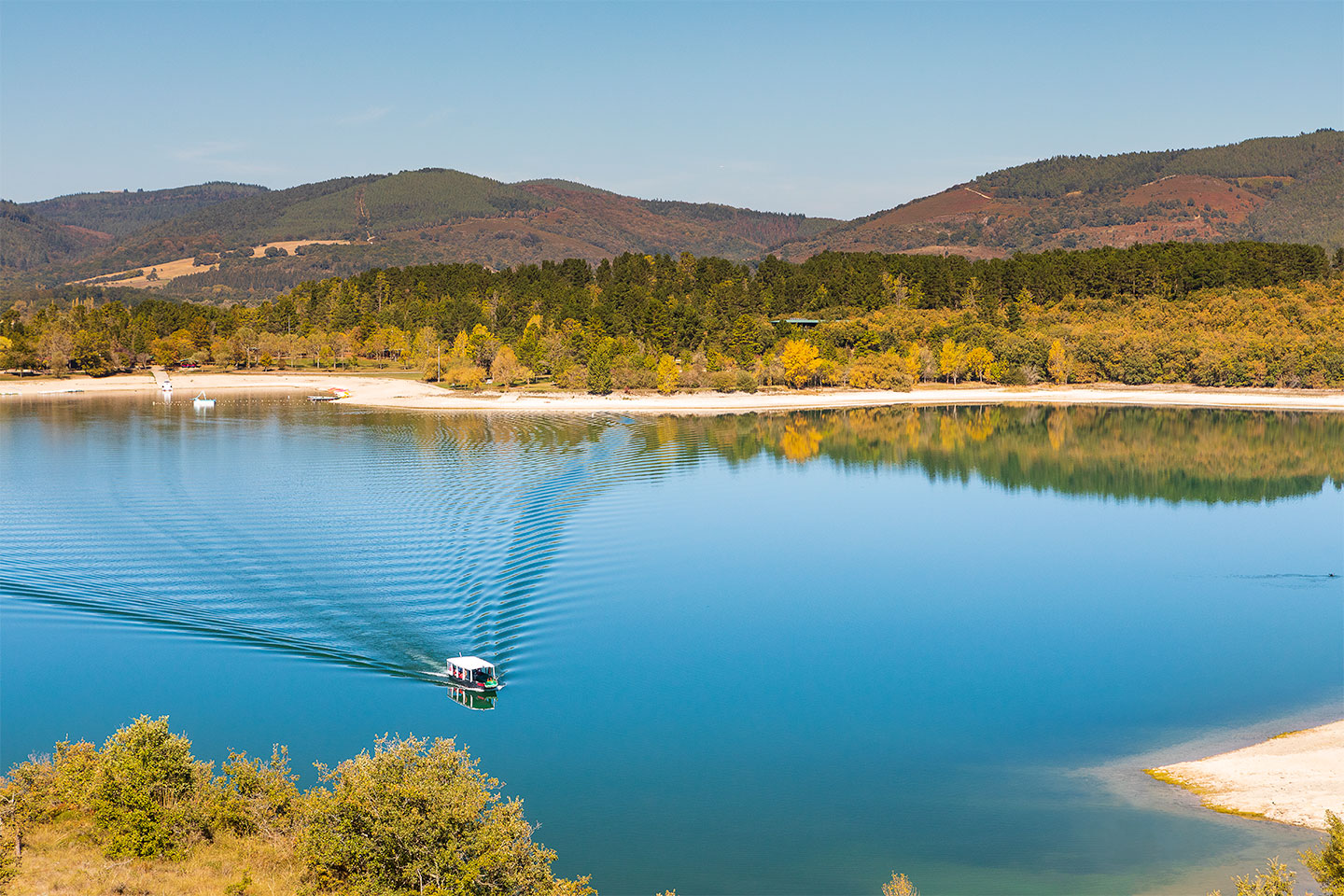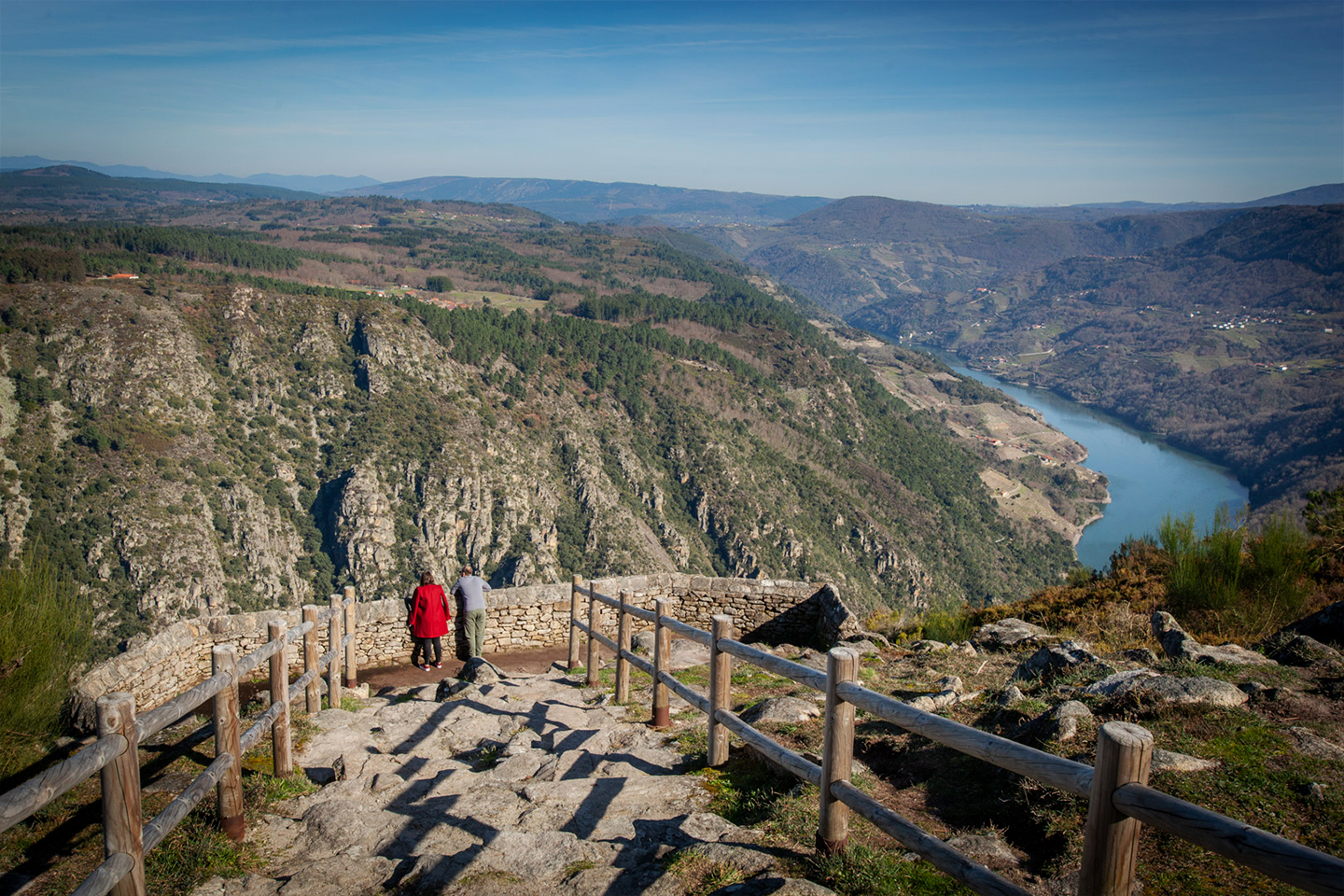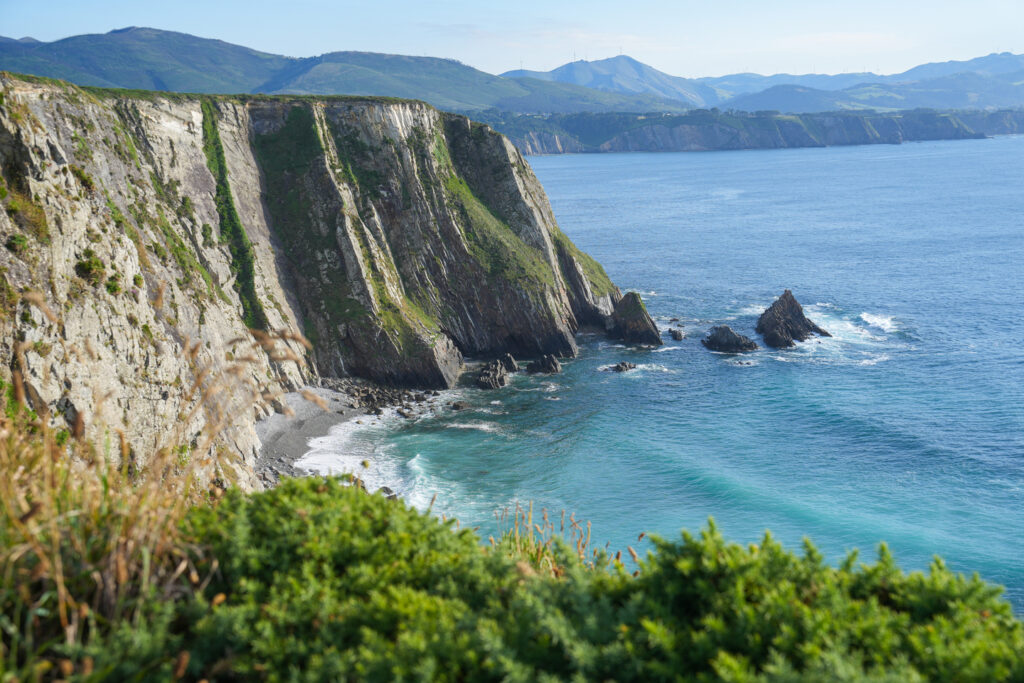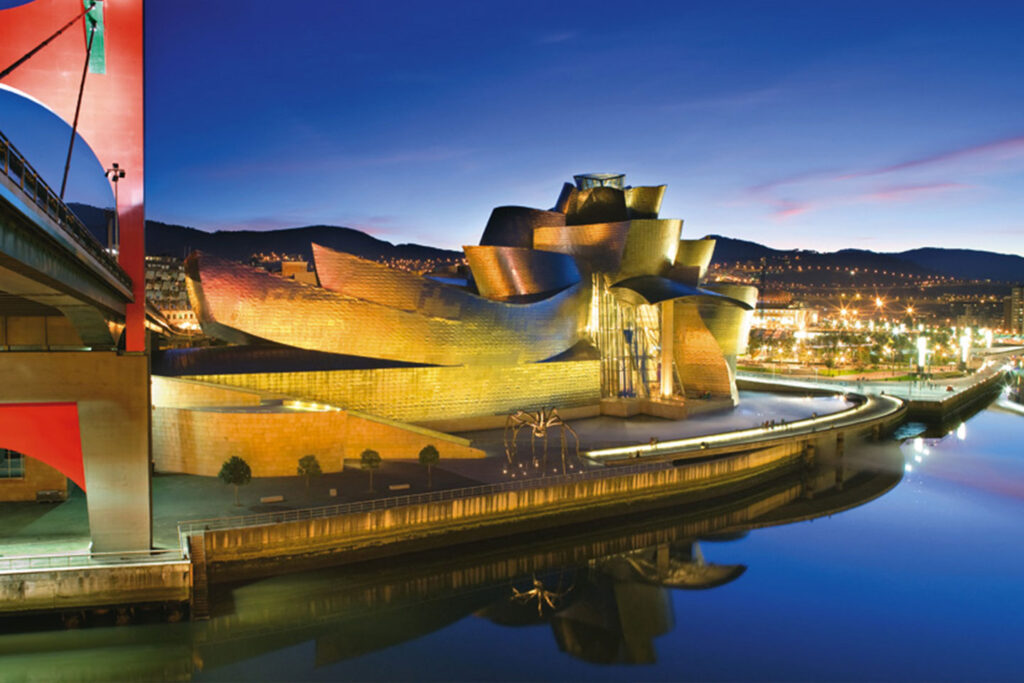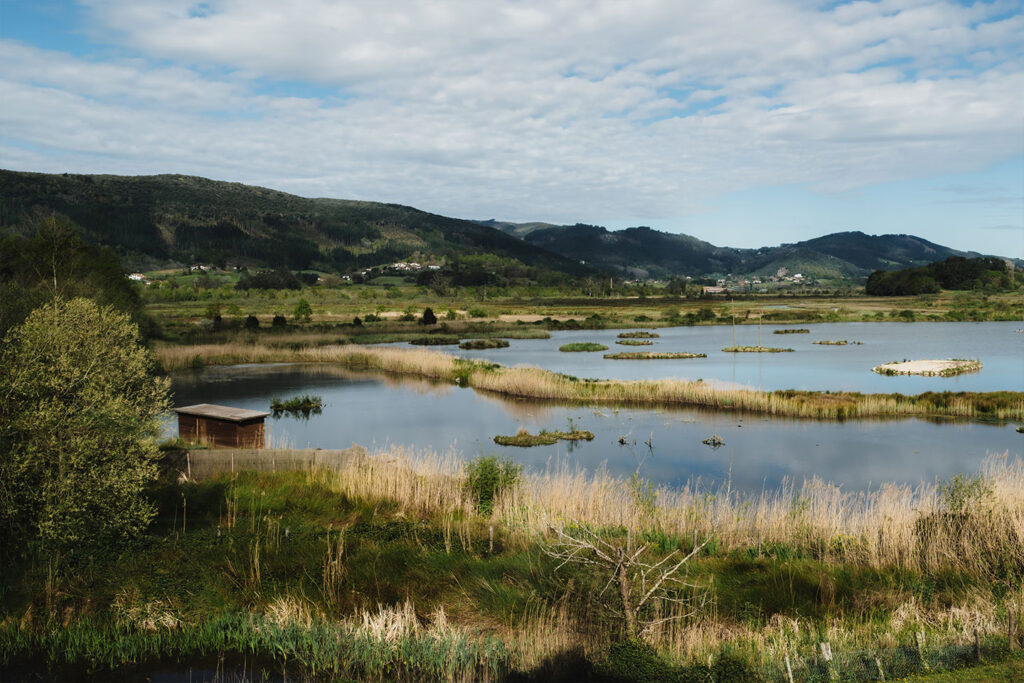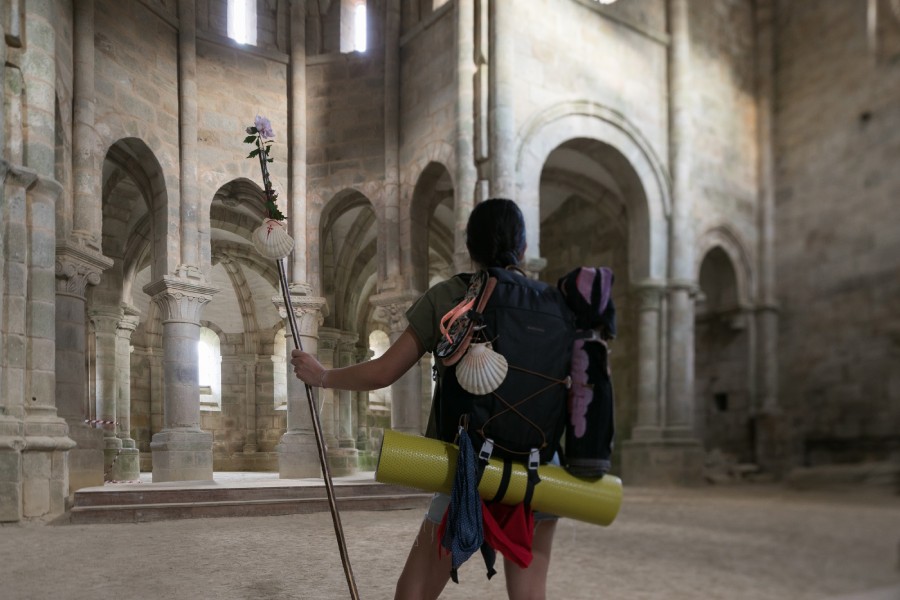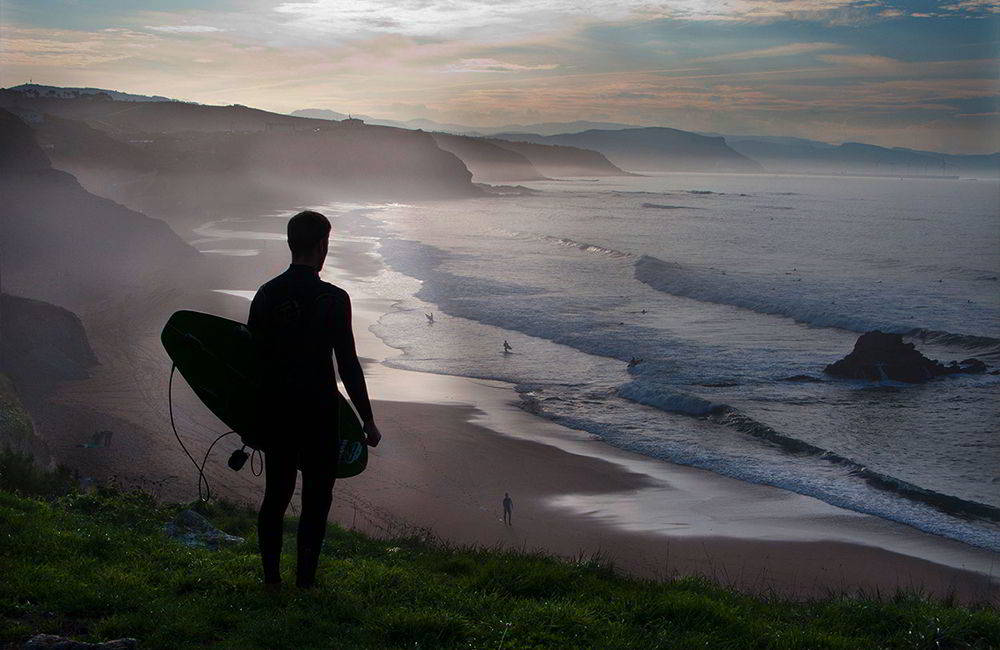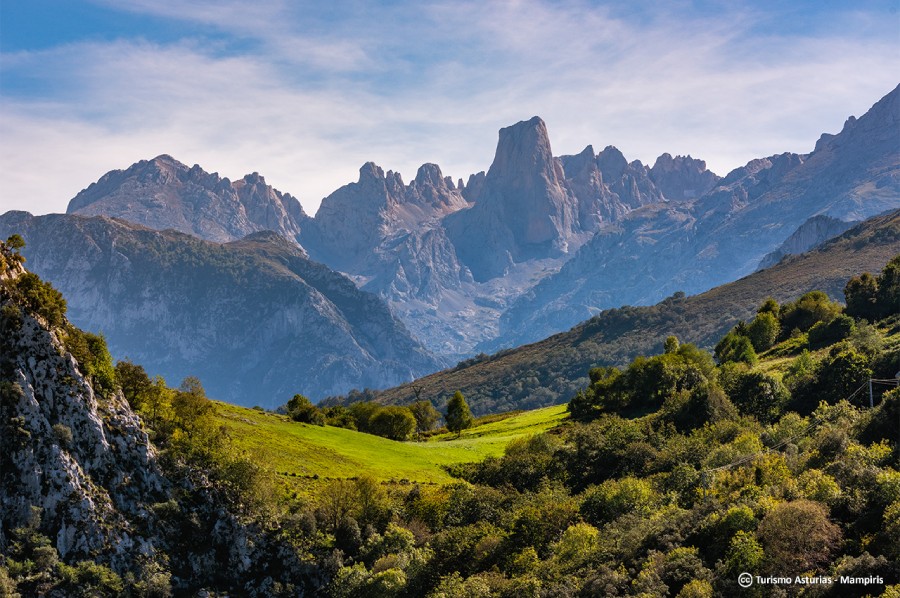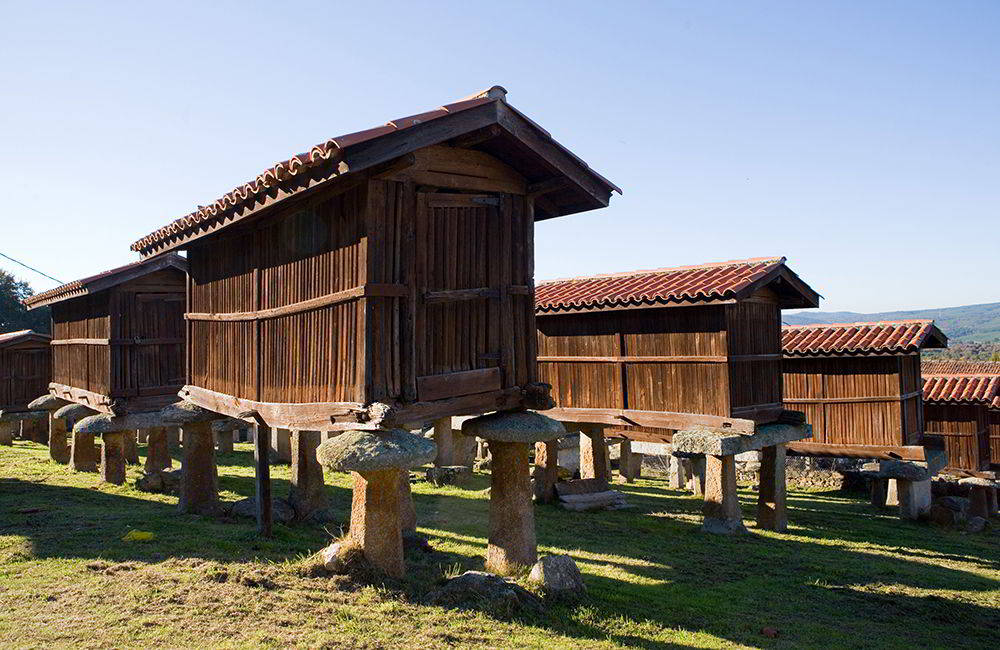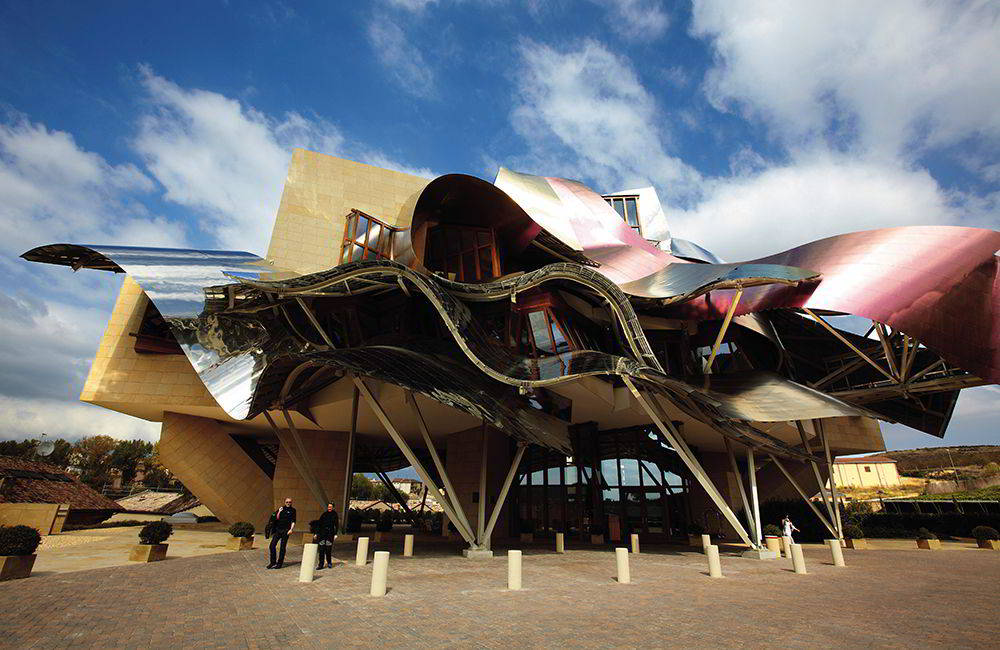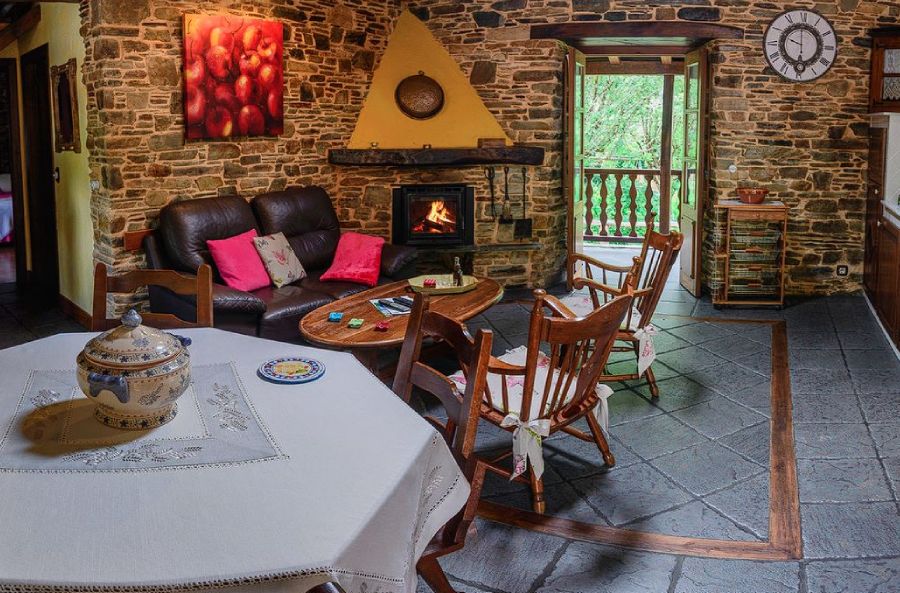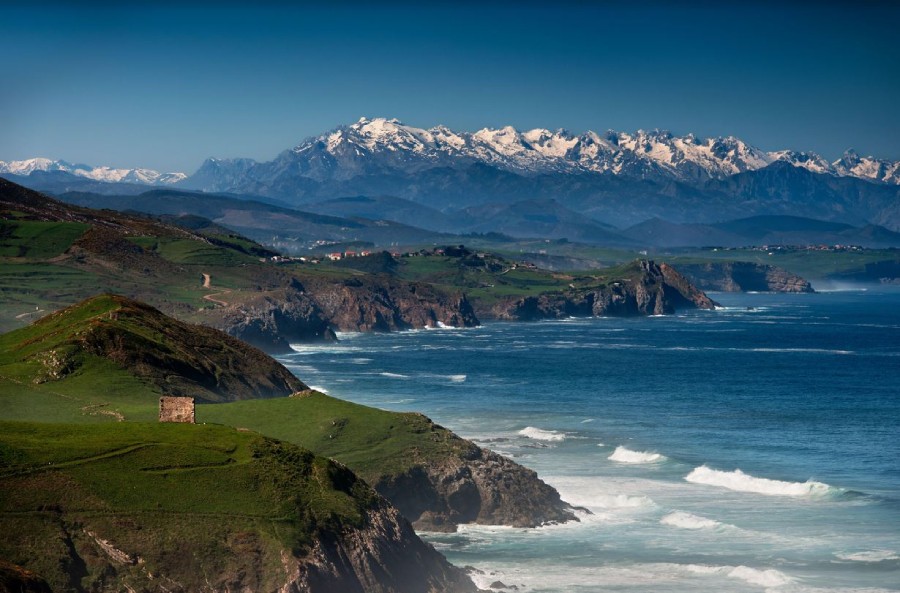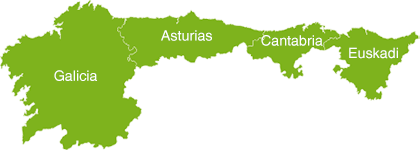With the arrival of spring, the skies fill with migratory birds returning to their homes in northern Europe. Green Spain is the last stretch of land they find before crossing the Cantabrian Sea, making its wetlands the perfect places to observe these fascinating creatures. Join us for a journey through the best ‘outdoor hotels’ for birds…
MENDIXUR ORNITHOLOGICAL PARK IN ARABA/ÁLAVA
Where is the Mendixur Ornithological Park located?
It is so close to the Basque capital, Vitoria-Gasteiz, that it’s hard to believe such a natural space exists next to a city of 250,000 inhabitants. Mendixur is located south of the Ullíbarri-Gamboa reservoir, which supplies water to Vitoria-Gasteiz. It is situated at one end of the Llanada Alavesa, a vast plain unique in Euskadi, characterized by its dry fields framed by mountains.
What makes it special?
Mendixur is a lagoon covered by a shallow layer of water, making it an ideal site for nesting, wintering, or resting during migrations. It is part of the Ramsar List, which includes Europe’s major wetlands. More than 200 different species have been recorded (both resident and migratory birds traveling north to south and vice versa), so anyone with binoculars can enjoy the spectacle. What can you find? Mainly waterfowl, but also a variety of species, including the great crested grebe, little egret, coot, and sandpiper. When is the best time to visit? Either in spring (during the pre-nuptial migration) or in autumn, during the post-nuptial migration, which is the most diverse and abundant.
What can you do in Mendixur?
-Walk the Green Route of Ullíbarri-Gamboa along a comfortable dirt track that circles the reservoir, passing through villages, viewpoints, and beaches. It is a long route with almost no inclines, making it ideal for cycling.
-For those who prefer not to cycle, there is a shorter (14 km) version, more accessible for walkers or families (with young children) on bikes. It covers the southern part of the reservoir, including the wetland, giving a good overview of the Ornithological Park in just a morning.
-Three kilometers from Mendixur is the town of Gebara, watched over for centuries by the palace and castle of the Guevara family, once one of the most beautiful castles in Euskadi, now in ruins. It’s worth climbing up to enjoy the views over the reservoirs and the Llanada Alavesa.
SANTOÑA, VICTORIA, AND JOYEL MARSHES NATURAL PARK IN SANTOÑA (CANTABRIA)
Where is the Santoña, Victoria, and Joyel Marshes Natural Park located?
In a place where the waters of the Asón River meet the Cantabrian Sea, in a vast estuary overlooked by privileged towns like the summer resorts of Noja and Santoña, the latter well known for its canning industry and its star product: anchovies. The marshes, a vast open space barely touched by human hands, form a unique and fabulous ecosystem.
What makes it special?
It is one of Spain’s most biologically diverse sites and a true natural spectacle. The park’s appearance changes dramatically depending on the time of day and year due to the influence of the Cantabrian tides, rainfall, and the Asón’s water levels. This area covers nearly 7,000 hectares (almost 7,000 football fields) and consists of estuaries, marshes, and intertidal zones. What does this mean? That birds (loons, cormorants, herons, spoonbills, geese, ducks, rails, gulls, and terns, to name a few) find a safe, tranquil refuge with abundant food, whether for year-round residence or as a stopover during major migrations. The result? Over 130 listed species and a population that can reach 20,000 birds at the peak of winter.
What can you do?
-Visit the Visitor Center with activities, workshops, and guided routes. Located in Santoña Port, at the Mirador de las Marismas building, it offers information on all the trails that explore the park, including one leading to Berria Beach via El Gromo.
-Hike to the Caballo Lighthouse. There’s no greater contrast to the wetland plains than the cliffs of Monte Buciero, where one of the most spectacular lighthouses on the Cantabrian coast stand
PROTECTED LANDSCAPE OF CABO PEÑAS IN GOZÓN (ASTURIAS)
Where is the Cabo Peñas Protected Landscape?
Almost in the middle of Asturias, as this land tongue jutting into the Cantabrian Sea divides western and eastern Asturias. On maps, it’s easy to spot: a large green triangle with three vertices—Avilés in the west, Gijón in the east, and the iconic lighthouse at the northern tip. It belongs to a municipality with an irresistible name: Gozón.
What makes Cabo Peñas special?
Many things. To begin with, the landscape has the characteristic charm of the Cantabrian north: meadows ending at cliffs, quiet roads and paths, a solitary lighthouse, and an almost constant presence of wind that helps create a romantic atmosphere. But its appeal doesn’t stop there: the cape is a magnet for animal and plant species that are not found in other areas, granting it the status of a Protected Landscape within the Natura 2000 Network. Beyond native species (from dolphins to pilot whales, along with the ever-present seagulls and cormorants), Cabo Peñas is a refuge and migratory stop for skylarks, plovers, and gannets that take shelter here in winter or use it as a waypoint during autumn and spring migrations.
What can you do?
-Visit the Visitors and Marine Environment Interpretation Center, located in the iconic lighthouse, where you can find all the information on the cape’s possibilities.
-Walk the 8-kilometer trail that connects Verdicio with the lighthouse, showcasing the cape’s magic in all its aspects.
SIL RIVER CANYON, BETWEEN THE PROVINCES OF LUGO AND OURENSE (GALICIA)
Where is the Sil River Canyon?
At the crossroads between the Galician provinces of Lugo and Ourense, in the well-known (for its wines, monasteries, and Romanesque churches) Biosphere Reserve of Ribeira Sacra. The canyon is a deep scar carved into this mountainous area by the Sil River over millions of years, with its calm waters flowing through. It is located about 24 kilometers from Ourense and includes the last few kilometers of the Sil before it merges with the Miño River.
What makes the Sil River Canyon special?
Beyond the already listed attractions, the canyon also boasts rich birdlife, especially during the early months of spring and autumn. It’s not easy to keep your eyes on the sky when the land below is so captivating, but it’s worth it. Simply choose the right viewpoint (and the Sil River Canyon has quite a few, like Os Balcóns de Madrid or the Bird Observatory of Sober, which feature informational panels about the most common birds in the area), bring a good pair of binoculars, and scan the canyon walls for peregrine falcons, golden eagles, eagle owls, goshawks, or European honey buzzards.
What can you do?
-A great starting point for birdwatching in the Sil River Canyon is the Sil River Interpretation Center in the village of Torbeo (Ribas de Sil). Housed in a former school building, the center offers an engaging overview of the river’s biodiversity and its surroundings.
-Turismo de Galicia has designed five detailed routes to explore the area by car (two routes) or on foot (three routes) to fully experience the landscapes and birdlife of this natural space. The routes even come with an interactive map. You can find all the information here.
